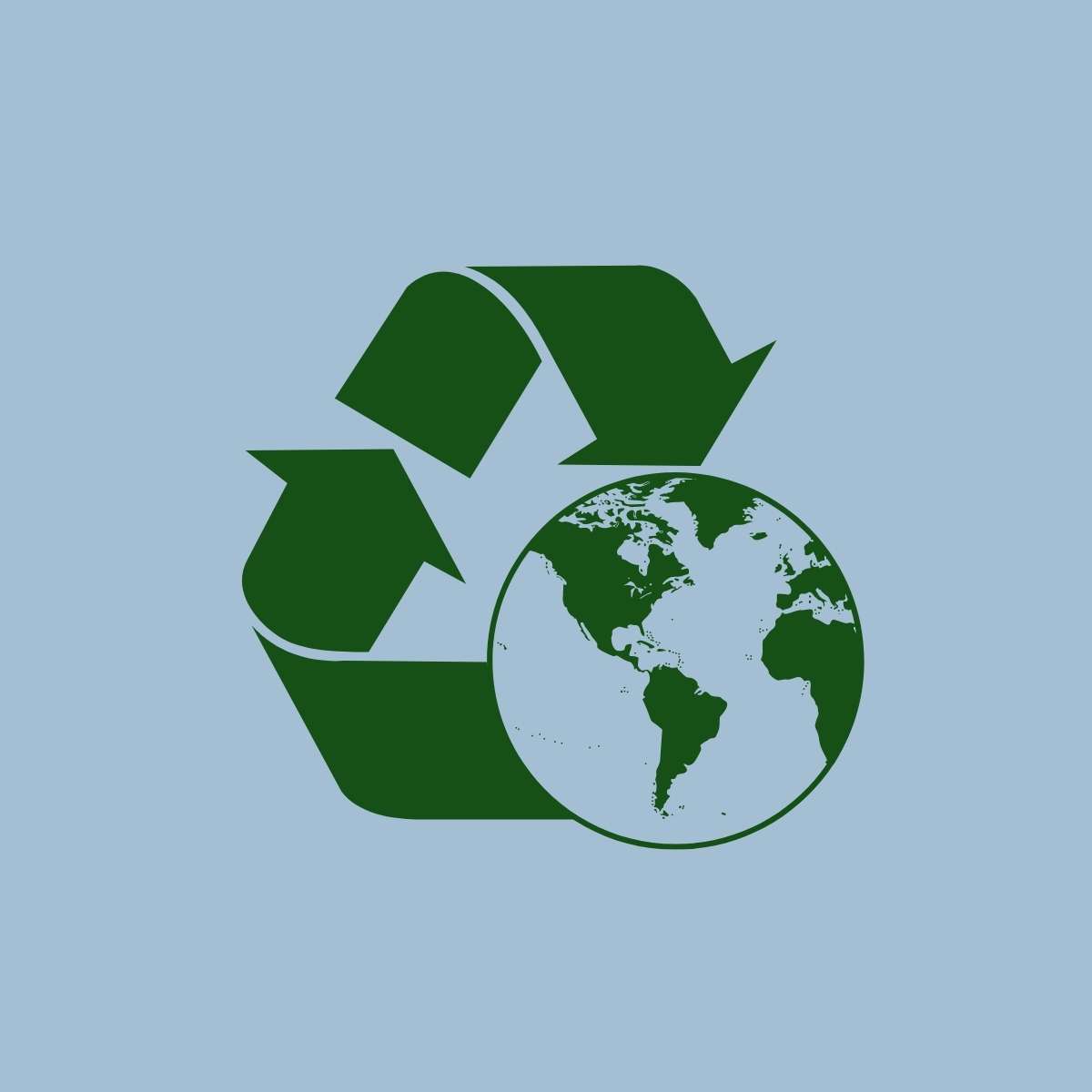
In the fast-paced world of healthcare and pharmaceuticals, thermoformed automation trays, also…


When designing packaging that is both functional and aesthetically pleasing, packaging engineers often look to end users for important feedback. Consumer opinions can be challenging for manufacturers to access, however, since the retail industry functions as a middleman.
Retailers have excellent insight into consumers’ preferences, so it’s important for engineers in the custom retail packaging industry to pay attention to retailer decisions and developments, like Walmart’s influential Sustainable Packaging Playbook.
Published by Walmart last year, the Sustainable Packaging Playbook is a follow-up to their Packaging Scorecard, which was introduced in 2003.
While the Packaging Scorecard lays out critical sustainable packaging standards for manufacturers to work toward, the Sustainable Packaging Playbook provides manufacturers, brand owners, and packaging engineers with a list of sustainable packaging best practices for the retail industry and offers tips on how to best achieve them.
The success of a sustainable retail package depends on the thoroughness of the design process — a fact that the Playbook does not overlook. While acknowledging that product safety remains the primary priority for custom retail packaging, the Playbook shows that designers do not have to sacrifice safety in favor of sustainability; the two goals are not mutually exclusive.
One method for improving a package’s sustainability is simply reducing the material requirements; many case studies highlight design engineers’ methods for developing effective custom retail packaging with minimized material use.
In one example highlighted in the Walmart Playbook, a simple design revision increased the sustainability of package of hand wipes. Previously, wipe pouches were bundled in groups and packaged together in a rigid paperboard carton. After evaluating application requirements, however, designers devised a new packaging method that makes use of two adhesive labels to hold pouches together. This technique drastically reduces the number of packaging materials needed for each set of pouches.
Maximizing recyclability is another highly effective way to increase the sustainability of custom retail packaging and is beneficial in two ways — it reduces waste in landfills and increases the availability of recycled materials for use in packaging.
Maximizing recyclability is a twofold process. First, designers must select materials that are easily recyclable; this can be challenging due to the differing recycling regulations among various countries, states, and municipalities. Next, packaging must be designed in a way that is easy for consumers to recycle after use.
There are a few key takeaways in the Sustainable Packaging Playbook, the first being that companies should proactively communicate their efforts and progress to consumers. Methods as simple as incorporating the Walmart-pioneered How to Recycle (H2R) label on your packaging, for instance, can be incredibly effective.
An equally important takeaway is the fact that sustainable packaging for retail is not only achievable but increasingly beneficial, reducing overall costs and appealing to a wide consumer base.
